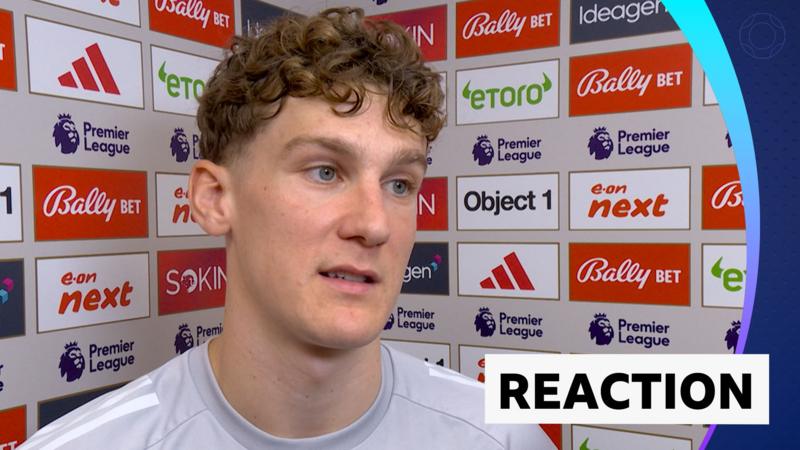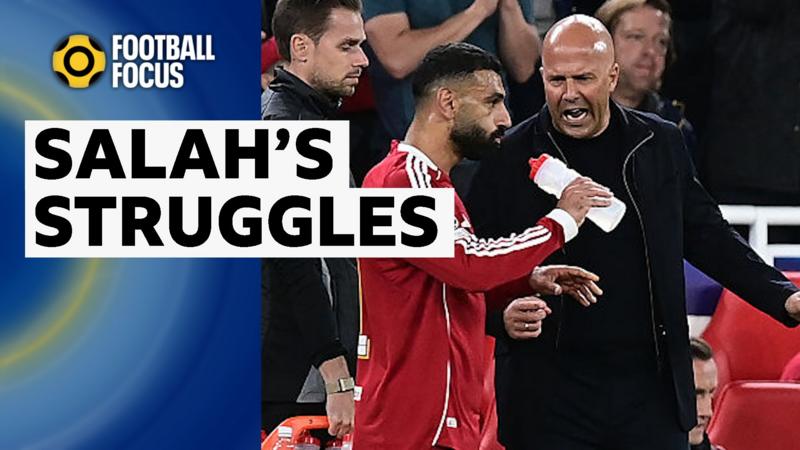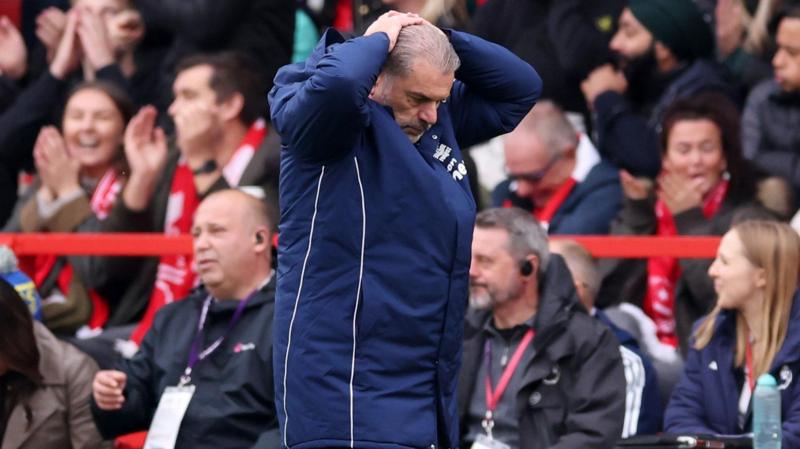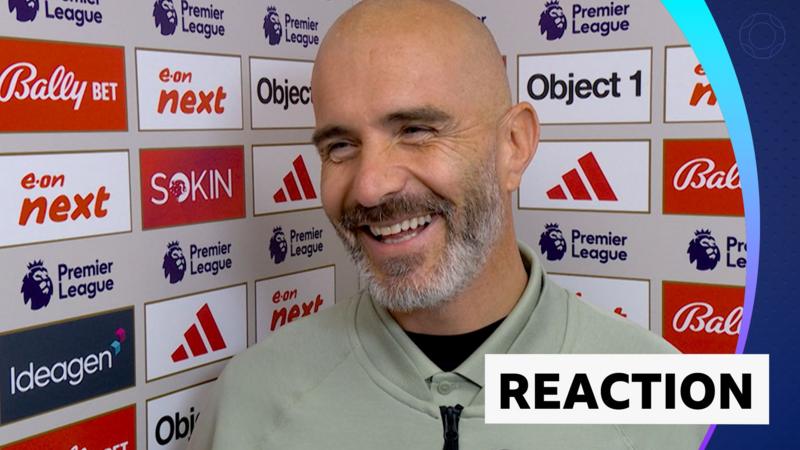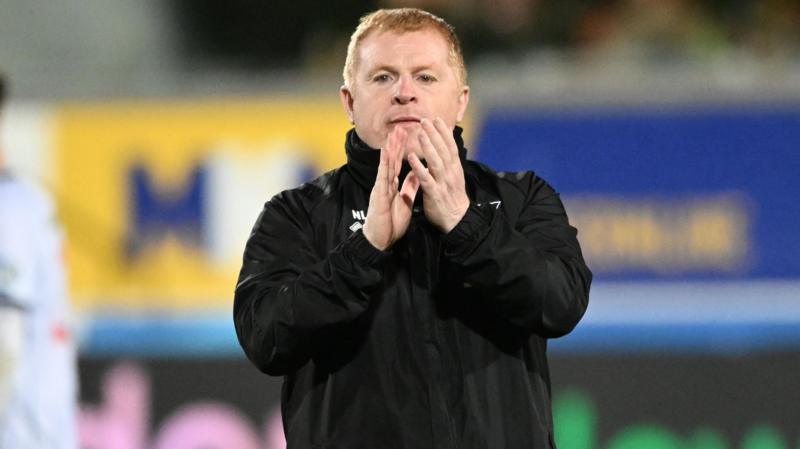Value Betting in Football: Learn to Spot Positive EV
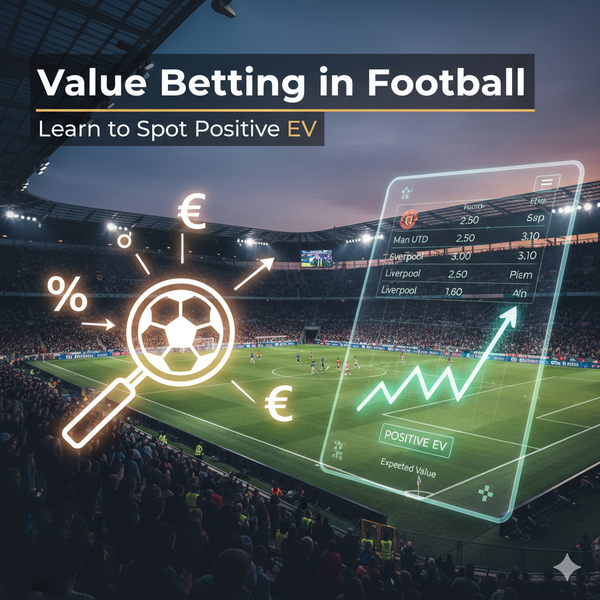
Why value matters
Results are noisy; prices are information.
If your probability estimate for an outcome is higher than the bookmaker’s implied probability, the bet can be +EV.
Over many trials, +EV is what separates discipline from luck.
Step‑by‑step framework
- Choose one market (e.g., 1X2 or Over/Under) and one league. Specialise before you diversify.
- Build a baseline probability from simple indicators: recent goal difference, shots on target, xG trend, home/away strength, rest days, and injuries/suspensions.
- Translate to fair odds (Fair = 1 / probability).
- Shop lines and only bet when BookOdds ≥ FairOdds × (1 + small cushion) to cover uncertainty.
- Use level stakes (1 unit) for your first 100 bets.
- Log outcomes and revisit your cushions and assumptions.
Tiny example You estimate Over 2.5 at 52% → Fair 1.92. If the best book price is 2.05, EV ≈ (1.92 / 2.05) − 1 = −6.3% (no bet). If 2.20 appears, EV ≈ (1.92 / 2.20) − 1 = −12.7%? Careful—swap order: EV = (Book / Fair) − 1 when comparing price vs fair payout. Better: Edge = (BookOdds / FairOdds) − 1. With 2.20 vs 1.92 → Edge ≈ +14.6% (consider a bet).
Common pitfalls
- Overreacting to 1–2 matches. Use rolling 5–10 game indicators.
- Betting without line shopping. You donate EV by taking worse prices.
- Inflating probabilities to justify a bet. If in doubt, pass.
KPIs to track
- % of bets with a positive pre‑bet edge by your model.
- Closing Line Value (CLV): your average odds vs closing odds. Beating the close is a strong signal your pricing is reasonable.
Related guides: Bankroll & Staking · Line Shopping · Over/Under Poisson · DNB/Double Chance

